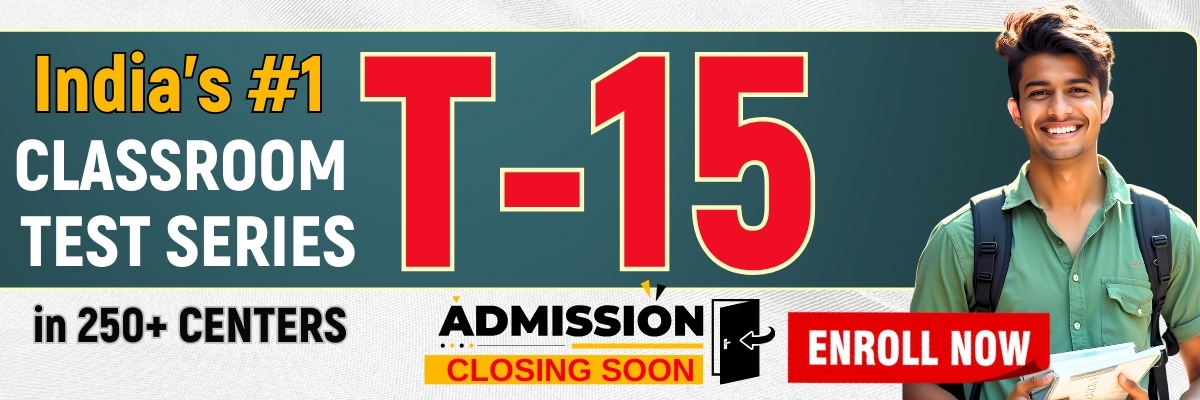Which is expressing the right, appropriate pairing:
1. Brassicaceae - Sunflower
2. Malvaceae - Cotton
3. Papilionaceae - Catechu
4. Liliaceae - Wheat
Pneumatophores are found in:
1. The vegetation is found in marshy and saline lake
2. The vegetation is found in saline soil
3. Xerophytes
4. Epiphytes
Before the European invaders, which vegetable was absent in India:
1. Potato and Tomato
2. Simla mirch and Brinjal
3. Maize and chichinda
4. Bitter gourd
Sorry!! currently, the explanation for the question is not provided. If you need further help, please email at support@neetprep.com with subject: Explanation Missing for Question Id: 266818
Tetradynamous conditions occur in:
1. Cruciferae
2. Malvaceae
3. Solanaceae
4. Liliaceae
Which is the correct pair for the edible part:
1. Tomato – Thalamus
2. Maize - Cotyledons
3. Guava - Mesocarp
4. Date palm - Pericarp
Sorry!! currently, the explanation for the question is not provided. If you need further help, please email at support@neetprep.com with subject: Explanation Missing for Question Id: 266830
Bicarpellary gynoecium and oblique ovary occur in:
1. Mustard
2. Banana
3. Pisum
4. Brinjal
The edible part of a Banana is:
1. Epicarp
2. Mesocarp and less developed endocarp
3. Endocarp and less developed mesocarp
4. Epicarp and mesocarp
What is the eye of a potato:
1. Axillary bud
2. Accessory bud
3. Adventitious bud
4. Apical bud
Sorry!! currently, the explanation for the question is not provided. If you need further help, please email at support@neetprep.com with subject: Explanation Missing for Question Id: 266838
In which of the following plant sunken stomata are found:
1. Nerium
2. Hydrilla
3. Mango
4. Guava
Sorry!! currently, the explanation for the question is not provided. If you need further help, please email at support@neetprep.com with subject: Explanation Missing for Question Id: 266849
Edible part of mango is:
1. Mesocarp
2. Epicarp
3. Endocarp
4. Epidermis






